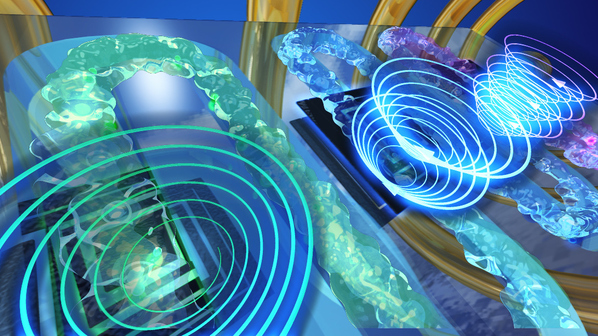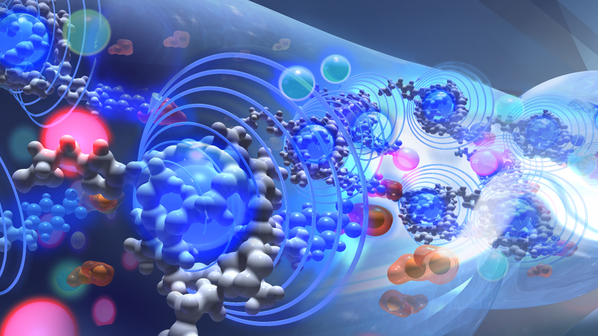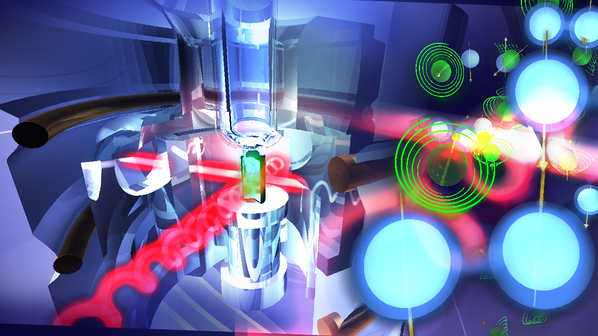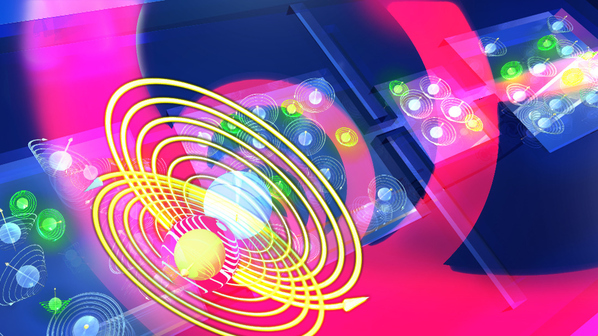About the Lab
Pines' research involves the development of new nuclear magnetic resonance (NMR) and magnetic resonance imaging (MRI) methods and their application to exemplary problems spanning chemistry, materials science, and biomedicine. His laboratory has introduced NMR techniques that make it possible to probe the structure, dynamics, and function of materials in the solid state. His current research interests involve novel approaches to spin polarization, detection, molecular sensing, miniaturization, and hyperpolarization transfer to liquids. More »
About Alex Pines
Alexander Pines was born in 1945. He grew up in Rhodesia (now Zimbabwe) where his lifelong passion for science, music and chess was fostered. He then went to Israel to study mathematics and chemistry at the Hebrew University of Jerusalem, graduating with a B.Sc. in 1967. In 1968, Alex came to MIT, where he obtained his Ph.D. in chemical physics in 1972 and joined the Berkeley Faculty in the same year. He was promoted to Associate Professor in 1975 and to Professor in 1980. He is the Glenn T. Seaborg Professor Emeritus and Professor of the Graduate School at Berkeley, Affiliate Scientist Lawrence Berkeley National Laboratory and a Faculty Affiliate at QB3, California Institute for Quantitative Biomedical Research. More »
About Our People
The Pines Lab is made up of a diverse group of graduate students from the UC Berkeley Department of Chemistry, Department of Chemical Engineering, Department of Physics, Department of Bioengineering, and Biophysics Graduate Group. More »
History of Innovation
Pines is a pioneer in the development and applications of nuclear magnetic resonance (NMR) spectroscopy. In his early work, he demonstrated time-reversal of dipole-dipole couplings in many-body spin systems, and introduced cross-polarization high resolution NMR of dilute spins such as carbon-13 in solids, thereby helping to launch the era of modern solid-state NMR in chemistry. He also developed the areas of multiple-quantum spectroscopy, zero-field NMR, double rotation and dynamic-angle spinning. His combination of optical pumping and cross-polarization made it possible to observe enhanced NMR of surfaces and the selective "lighting up" of solution NMR and magnetic resonance imagining (MRI).
His current program is composed of two complementary components. The first is the establishment of new concepts and techniques in NMR and MRI, in order to extend their applicability and enhance their capability to investigate molecular structure, organization and function from nanometers to meters in systems ranging from materials to organisms. Examples of methodologies emanating from these efforts include: novel spin polarization and detection methods, ex situ and mobile NMR and MRI, laser-polarized and detected NMR and MRI, functionalized NMR biosensors and molecular imaging, ultralow and zero-field NMR and MRI, and miniaturization of NMR and MRI onto microfluidic chips. The second component of his research program involves the application of such novel methods to problems in chemistry, materials science, and biomedicine.







